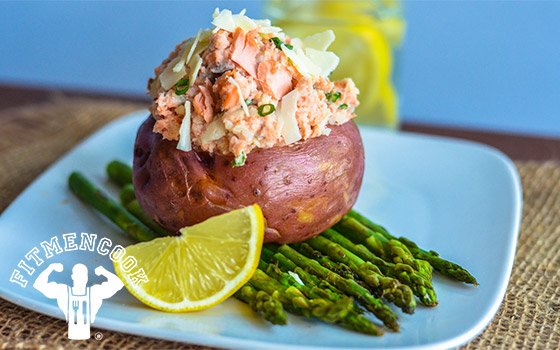By Chris Mckeown
Improving your run performance and preventing injury.
First key to improving your performance and preventing injury is robustness training. This involves a series of exercise that can be done everyday or everyother day. The idea of these exercises is to prepare your body so it can deal with the riggers of endurance training. These are normally simple exercise that focus on glute activation, hip flexor and core strength. As a strong core makes a strong runner.
Some good exerces for this would be. Jack knives, swissball hamstring curls, single leg deadlift, glute walk and most important side planks.
These exercises become especially important if you work at a desk job as we have all heard the health risks associated with sitting at a desk all day have made numerous headlines in the past year. And outside of the serious health risks, a sedentary lifestyle from nine to five can also have an impact on the quality of your afternoon run workouts. Because we sit on our butt all day, it sometimes forgets what it’s supposed to do when we go to run. If you go directly from your desk to the roads, your glutes may have trouble engaging.
This dormant-to-active transition can result in more stress on your quads, hamstrings and lower-leg muscles, which aren’t cut out to do all of the heavy lifting. You have to view the glute as the huge motor of a machine, All of a sudden you’ve shut down the biggest part of the machinery and now you want the smaller components to do all of the work which can lead to serious injury.
Next up is running form. Running form and efficiency are directly related. Quite simply, poor running form results in wasted energy. The less energy that is wasted due to form flaws, the more can be spent in getting you to the finish line faster.
Yes, there are runners who are able to race well with idiosyncrasies, or even ‘horrible’ form but using such cases as an excuse to ignore your own glaring form issues is likely holding you back. Nearly everyone can make improvements, and progress is possible with just a small amount of work.
The main points you want to look at is:
Posture: no more thn 1 degree of forward body lean with shoulders back and and head looking about 5m in front of you.
Foot strike: your foot should be striking the ground on the outside of the middle of your foot and directly under your cenre or gravity. This allows your muscle to absorb the impact and prevent knee and hip injures. (this transition should be done over a 6 month period starting with just 10% of your weekly milage to prevent over stressing your calf.)
Cadence: when running your cadendnce should be at 180 beats per minute. This once again prevents youoverloading muscles and makes for a much efficient gait as the less time your foot is in contact with the ground and less time your muscle is under load.
Remember to alway get some to look or film what you are doing as what it feels like isn't alwaywhat it looks like.
Now for the myth of wieght training for endurance athletes. Most people think that lifting heavy weights is going to make you bulky. This is not true. Getting bulkly comes down to the nutrition you are eating. So by doing the correct type of strength training you can increase muscle strength without gaining masses of weight that would effect your performance. What this means is that your muscles are stronger and in turn your body will recruit less muscle fibers with each stride saving you energy and making you much more efficient.
After training is where the real gains are made. So this come down to getting enough sleep/rest, stretching, foam rolling and most importantly the right nutrition.The goal of post-exercise nutrition is to restore muscle and liver glycogen stores, improve hydration and repair muscle tissue. You should eat 15 to 30 minutes after exercise, preferably as soon as possible, when the muscles are most receptive to fuel. Muscle replenishment and tissue repair can be accelerated if you combine carbohydrates and protein together in a ratio of 4 to 1. Along with nutrition hydration is equally important weigh yourself before andafter exhaustive exercise to determine how much water you lost. Stay hydrated by consuming at least 24 ounces per pound of body weight lost within six hours after exercise. Performance begins to decrease after only a two percent loss in body water. Include electrolytes to eliminate the risk of hyponatremia if engaging in activity for more than four hours.
These are just a few simple things that will hep you with your performance. Remember if you try any of these changes please remember the 10% rule in anything you do to prevent injury. And most the most important thing of all to performing at your best is to enjoy what you are doing. So go out and have some fun with it all.
About Chris

• Chris
I have been a Personal Trainer for three years and worked with people from many different backgrounds, all with their own goals and abilities. I have always been passionate about exercise and physical activity and truly believe that we are happier when we are healthier. Throughout my life I have taken part in a variety or sports from rugby and rowing to my true passion of adventure races and running, were I have competed in events from coast 2 coast races to ultra marathons.
I use this passion for health and fitness to inspire and motivate my clients to reach and surpass any goals they have and live a happier, healthier and MOREFIT LIFE.


